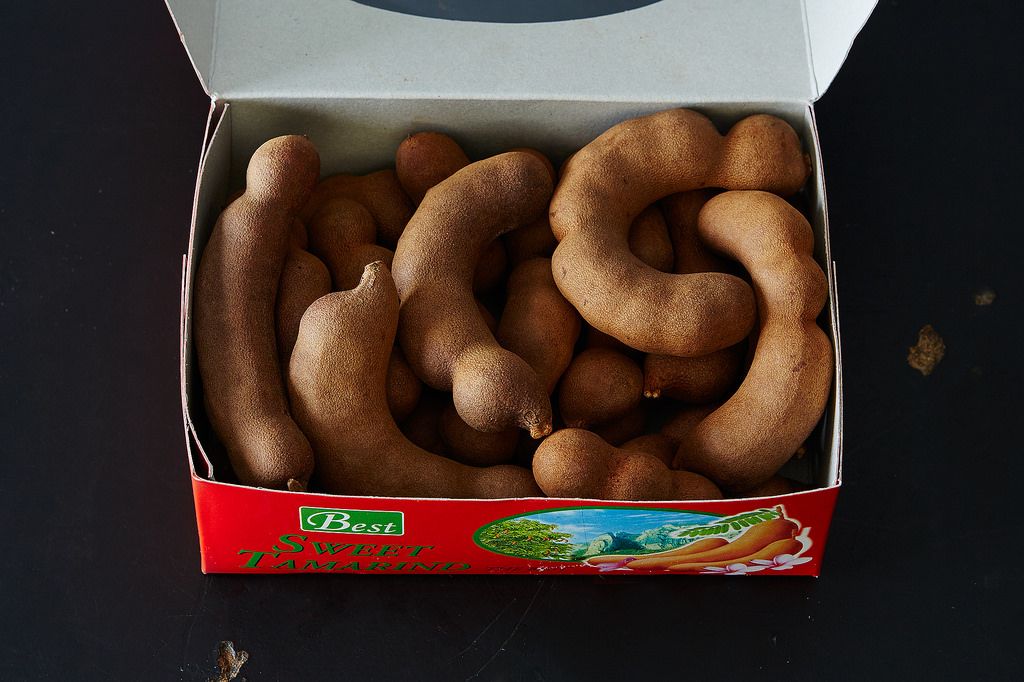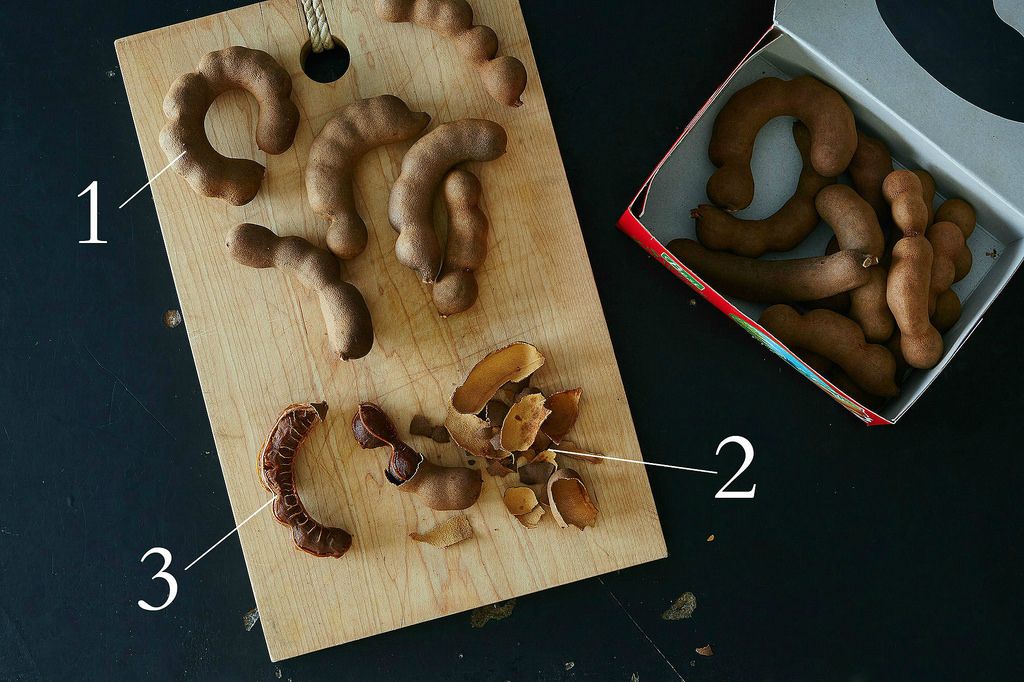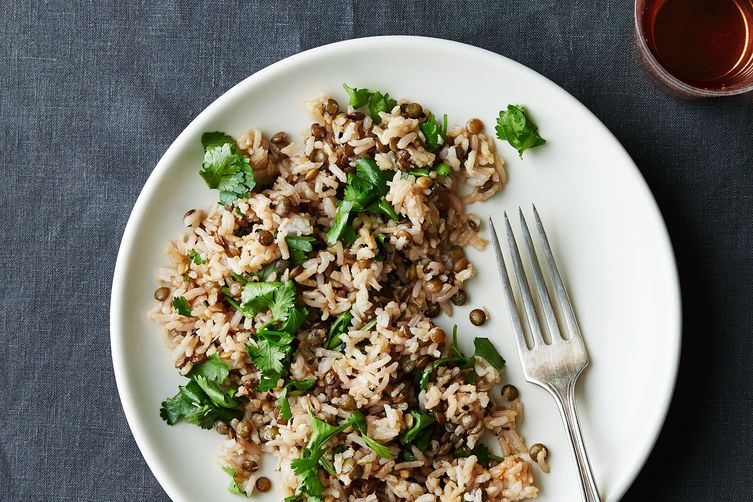Popular on Food52
Continue After Advertisement
8 Comments
AntoniaJames
June 1, 2015
I make a versatile, no-recipe tamarind yellow curry (easy!), which I use for vegetables, dal or fish (often, dal + veg). Here's a somewhat more elaborate version, posted during the potato contest: https://food52.com/recipes/33322-tamarind-fish-and-potato-curry I often skip the stock, just making a deeply flavored sauce by simmering the tamarind, spice and aromatics before adding the other ingredients. (I prep the other ingredients and make our salad while the flavor base is simmering!) Delightful, simple evening meal. ;o)
James
June 1, 2015
There is a South Indian rice dish made with tamarind http://en.wikipedia.org/wiki/Puliyogare
Deedledum
May 31, 2015
Thanks for this-a local store carries the pods, and I've been wondering what I could do with them. I have fond memories of a long-ago gift of Filipino tamarind candies, that were so addictive...
foofaraw
May 31, 2015
I haven't got the chance to try it, but Tamarind Pie is one of my to-do list. It sounds amazing and very tart http://mitochondrialdepletionsyndrome.blogspot.com/2013/01/tamarind-new-favorite-tamarind-pie.html
Libia C.
May 31, 2015
Tamarind, (Sampalok (in Pilipino) is traditionally used as a souring agent in many Filipino dishes (most commonly used in Sinigang). Also made into a drink and candied.
AntoniaJames
May 30, 2015
Let's not forget this marvelous recipe, one of my favorite, most often used templates for dal: https://food52.com/recipes/8524-sri-lankan-masur-dal-with-tamarind-curry-leaves-coconut-milk ;o)
Panfusine
May 30, 2015
Its not just the pods that are deliciously tart, the green pods which can be ground up into a paste, the leaves (esp the tender ones) and even the tiny blossoms (they look like micro miniature tiger orchids) have a delicate tart flavor thats out of this world!




See what other Food52 readers are saying.